
Delhi3:50 PM | 28th April 2024
It makes the class discussion more focused and productive

Education systems worldwide are continuously evolving. The education sector has made great strides in the past few decades by including technology and introducing newer pedagogies aided by digital mediums. Modern schools are adopting a new approach wherein educators leverage technology to make learning interactive and fun for students.
Steadily, the adoption of digital smart classroom solutions by schools and colleges is changing the face of education. In the 21st century, traditional classrooms with blackboards, notebooks, chalks, and dusters are a thing of the past. Instead, parents, educators, and students constantly look for new ways to aid learning with EdTech aids.
We have compiled a list of the most popular smart class apps tried and tested by expert educators worldwide. We hope the list will help you enrich your methods and improve the learning experience for your students.
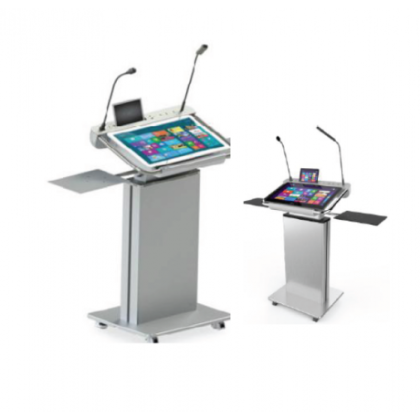
Digital podiums are equipped with various useful devices such as microphones, voice recorders, speakers, and document visualisers. They enable lecturers and teachers to use audio-visual aids to engage their audience. As all the devices are accessible from the podium, it is convenient for the speaker to organise their presentation and effortlessly use technology to deliver knowledge.
2. Digitizer or Drawing Tablet
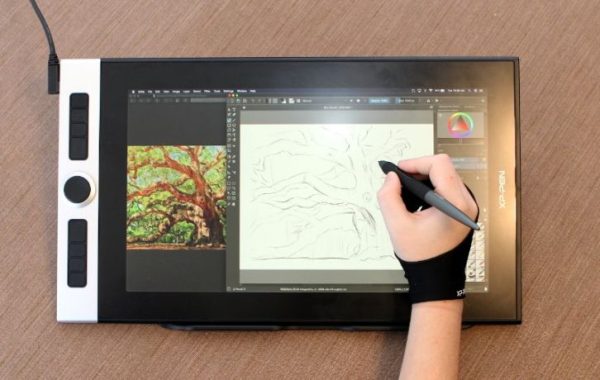
A smart tool that allows students to take notes, make diagrams, and read. It is a handy device for quick reference and notes. Keeping all their study material in one device makes it easy for students to access the information they need. It also eliminates the need to buy separate books and notebooks for every subject.
3. Interactive Whiteboard
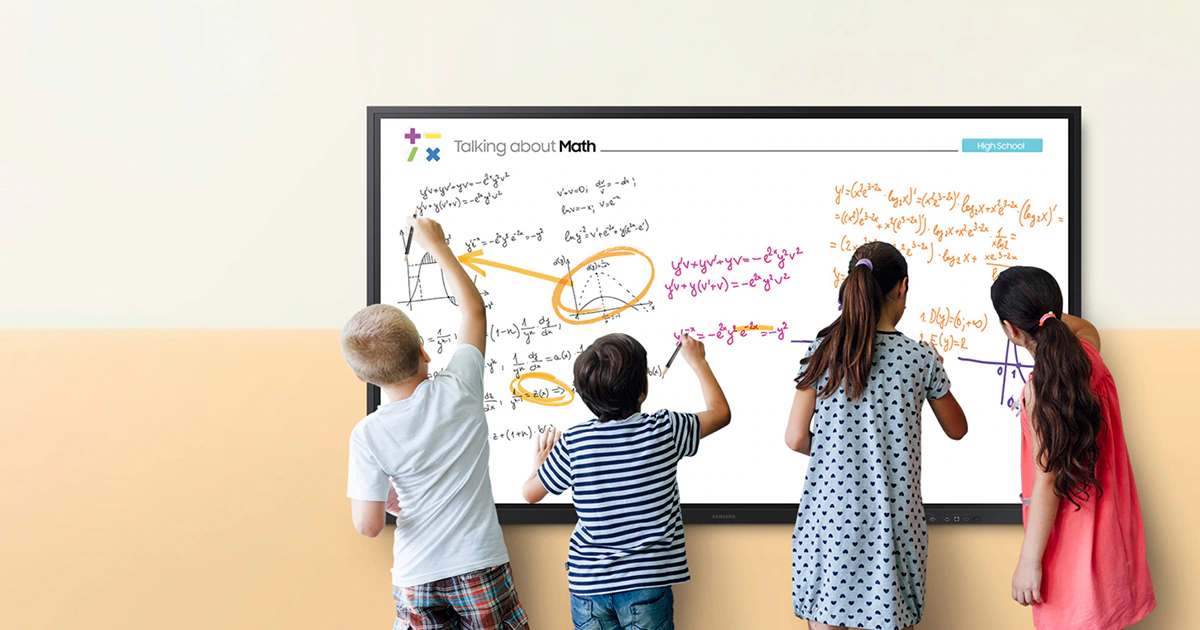
Whiteboards, usually used with coloured markers, have also received a much-needed upgrade. Interactive whiteboards, or smart boards, have an in-built smart class app that records everything written on the board, a touch-sensitive display that helps presenters and educators to use boards more efficiently, and various features that encourage students to participate in the class. It is also possible to upload information written on the board to the class app for easy access to all students.
4. Exam Administration with OMR Scanne
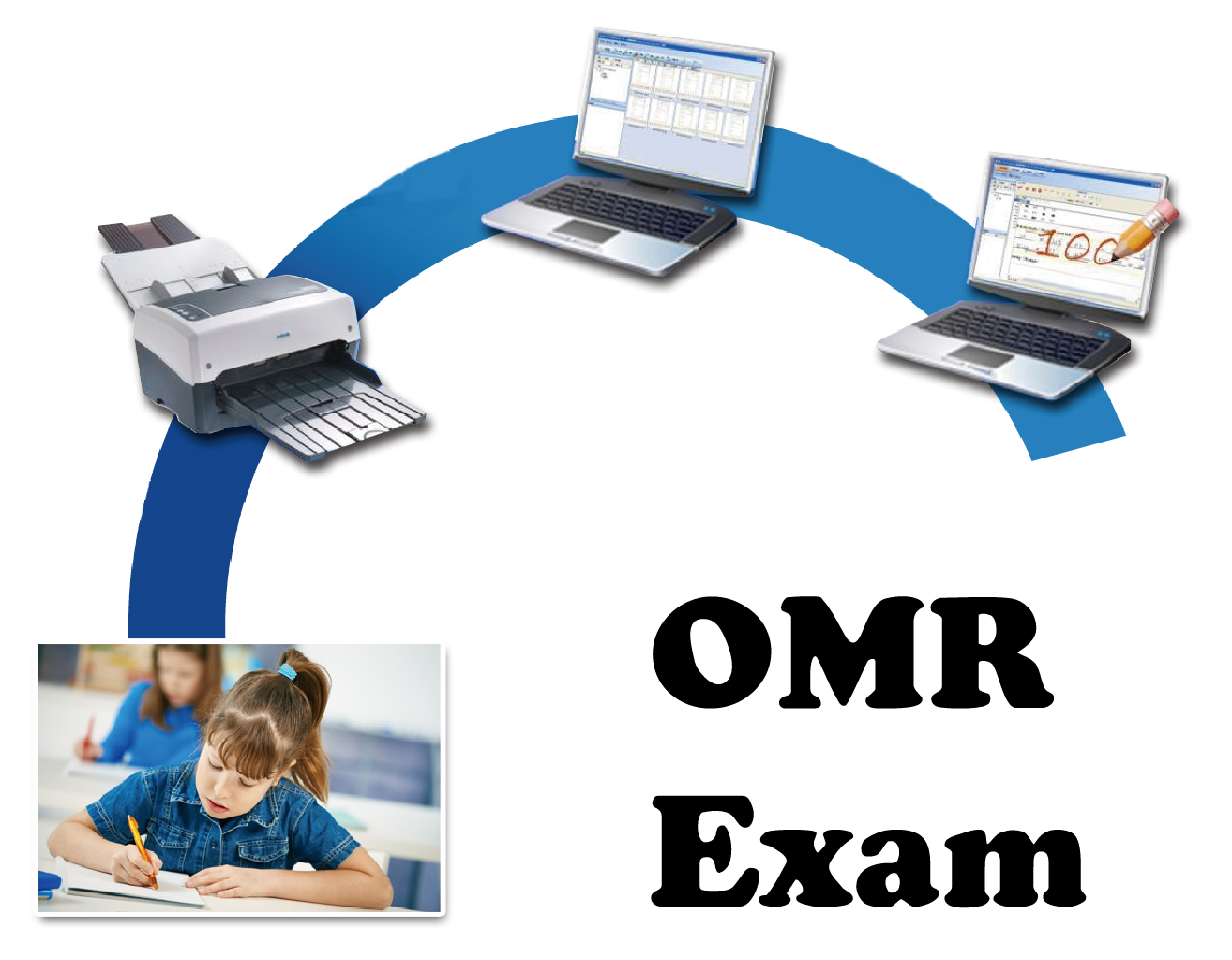
Optical mark recognition or OMR sheets are among the most efficient objective exam methods. Students must mark their answers on the OMR sheets by shading the circle or bubble with a pencil. Exam administration can then check the answers by feeding the sheets to an OMR reader instead of checking manually. It makes the examination process quicker, more efficient, and more economical for all institutions.
5. Interactive Display Panels (IDPs)
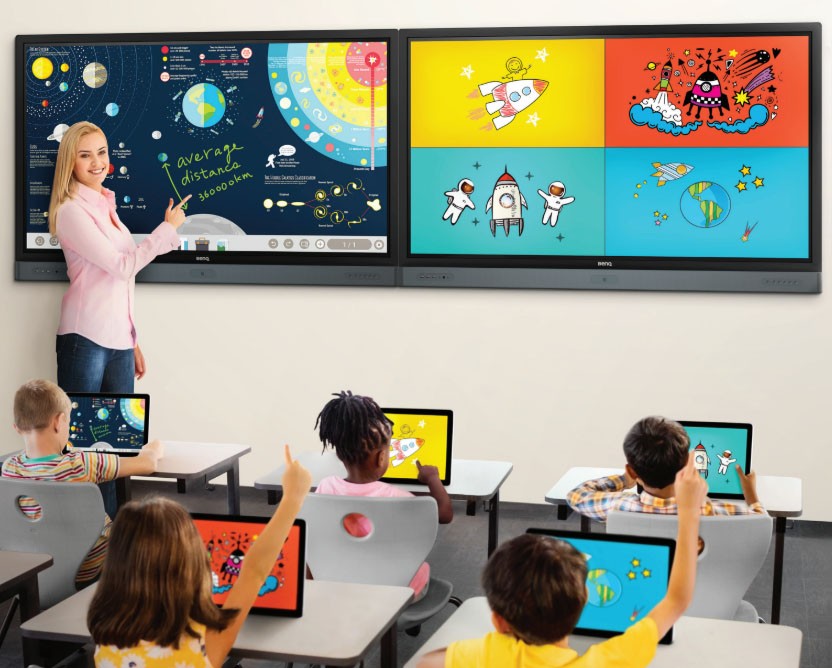
Large interactive screens that can be used to display pictures, videos, and 2D or 3D animations are great for young children. They offer better engagement than traditional mediums, as visual learning is interactive and more effective for children. Teachers can use the interactive display panel to introduce concepts like shapes, colours, and numbers. It makes the learning experience memorable for children and results in better retention of the concepts learnt.
6. Student Response System
.png)
Intelligent student evaluation systems that record students’ responses and generate an accurate aptitude evaluation save time and energy for teachers. They also remove teacher-student bias from the education system, allowing all students equal opportunity and unbiased assessment. Another essential aspect of the student response system is that it can be used to collect anonymous feedback from learners to understand their needs.
7. Speakers & Wireless Microphones

Large lecture halls are designed for good acoustics. However, with an increasing number of students, speakers and microphones can help enhance audibility in lecture halls. Wireless microphones give presenters and teachers the freedom to move around the class while talking, and speakers ensure their voice is delivered to the entire audience without disturbance. It is an essential digital aid for engaging a large audience.
8. Document Visualisers
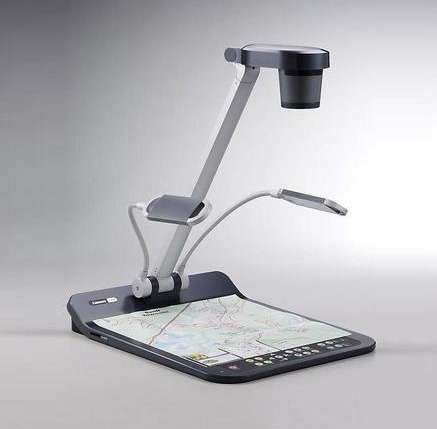
Teachers often struggle to ensure that all students receive their notes and documents to study the concepts discussed in class. With a document visualiser, they can easily present their papers to the entire class and share the notes with all students. It makes the class discussion more focused and productive.
9. Academic Support Apps
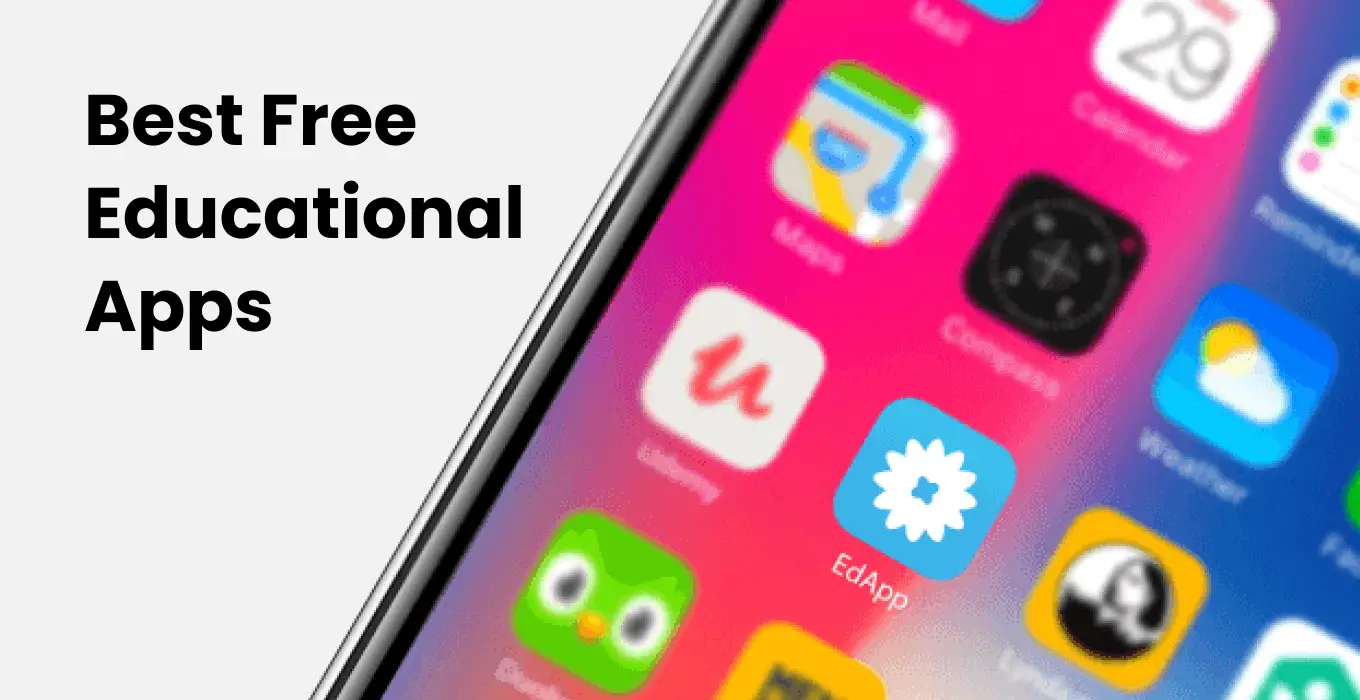
Educational software that efficiently compiles student data and supports the academic curriculum is indispensable for modern education. Institutions can use academic support software to analyse vital data such as attendance, class performance, and feedback. It can help the institution find valuable insights to improve its system.
Digitalization has opened up a new world of possibilities to improve the learning experience. In the future, classrooms will get smarter and more tech-savvy with time. Educators, parents, and students should continue finding new avenues wherein technology creates better learning opportunities. And as new generations begin their education in the age of technology, we are confident that their learning will be even more holistic than ever before.
Copyright© educationpost.in 2024 All Rights Reserved.
